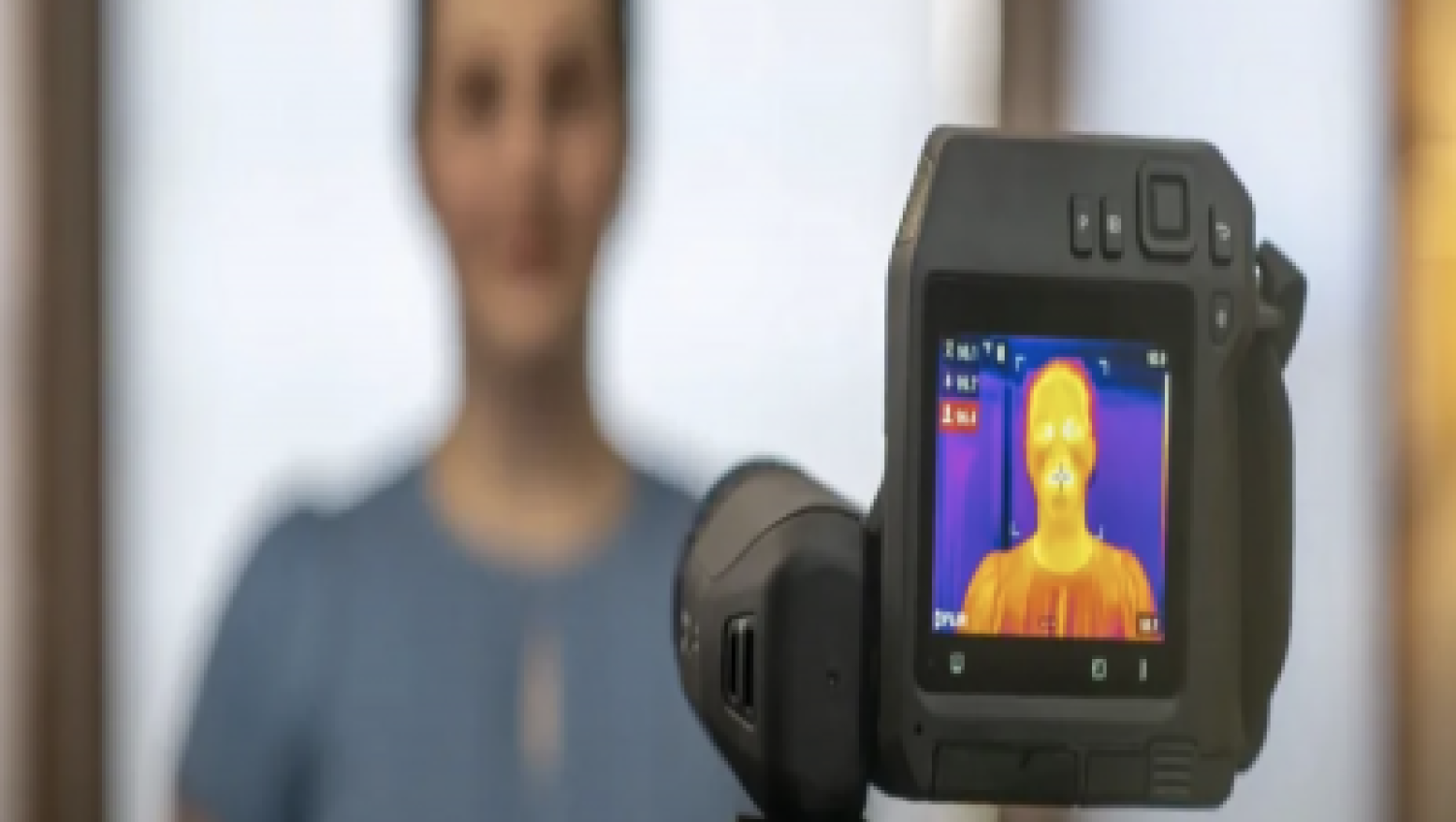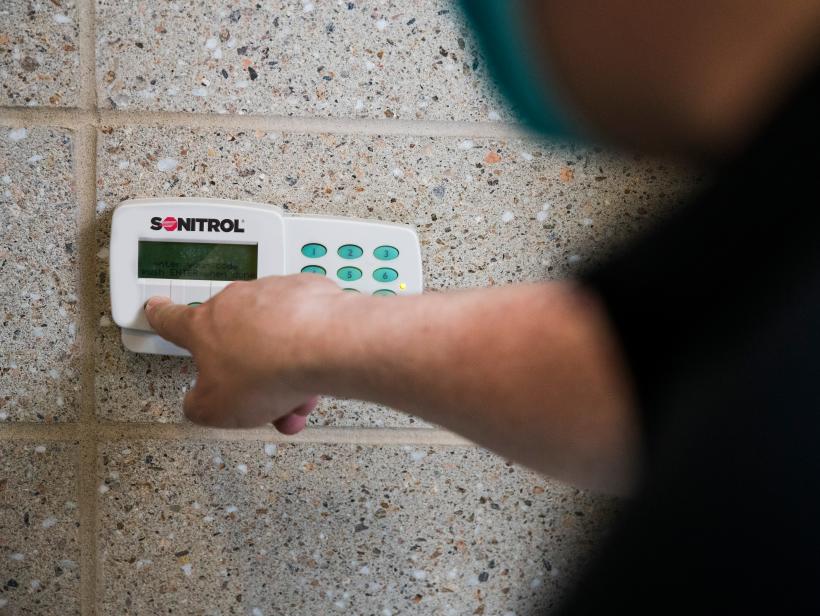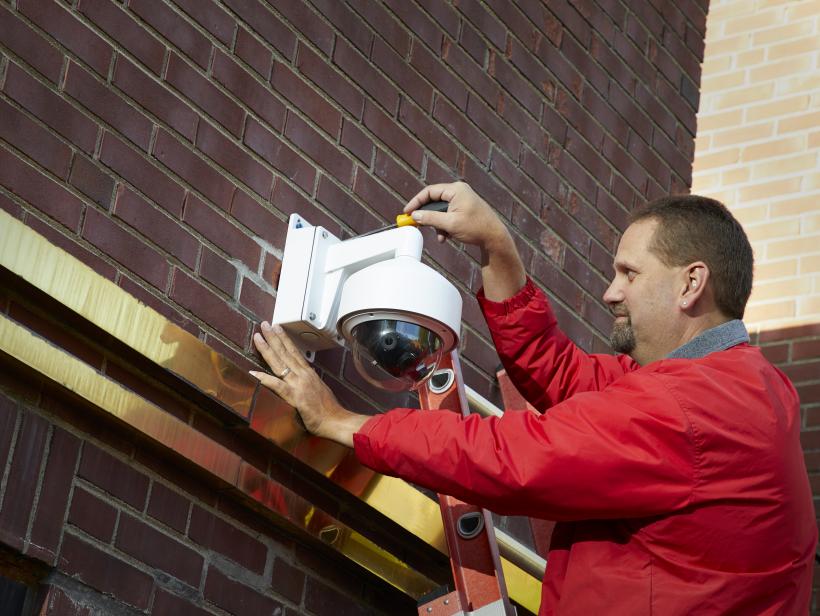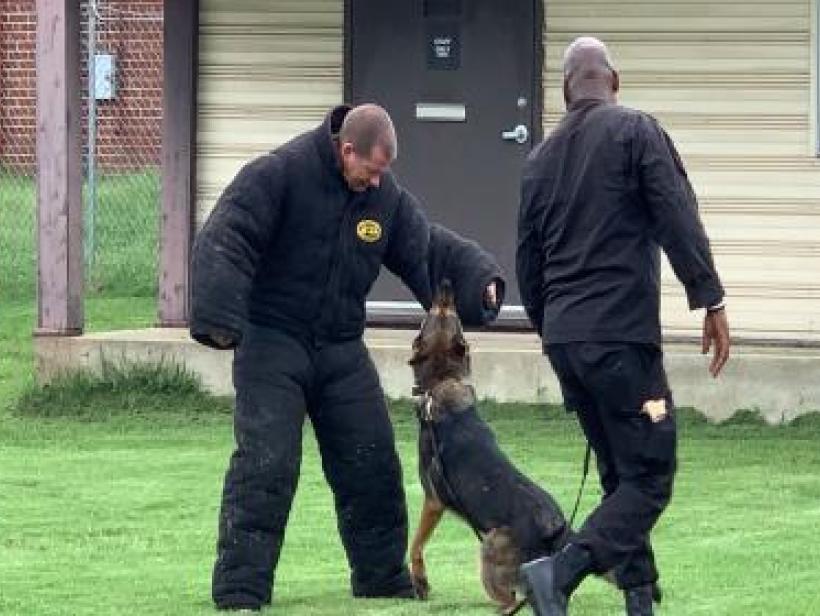Thermal cameras and body temperature screening solutions are arguably one of the hottest topics in the industry today. This technology has been around for years, but demand has only recently exploded, as organizations respond to new challenges in the wake of COVID-19.
But as they navigate compliance concerns and invest in these solutions, many have been left wondering how to deploy the devices and, just as important, how they fit into their broader security and operational strategies.
To help, we’ve pulled together industry best practices based on our extensive research of body temperature screening solutions and our experience installing and managing these devices. This blog post provides tips and insights on the following areas:
- Environment
- Setup and Deployment
- Ongoing Management, Maintenance, and Calibrations
- Program and Process
- Compliance
Continue reading to learn more about each of these topics below.
Environment
The environment in which a body temperature screening device is installed can greatly impact the results of the screening. It’s recommended that you create a local, controlled environment when utilizing this technology to achieve the most accurate results.
Important Reminder
Thermal cameras aren’t intended to and cannot diagnose COVID-19 or any other medical disease or virus affecting personnel or visitors. They are solely to detect temperature and provide alerts if beyond a specified range or threshold, such as 100.4° F – the CDC’s definition of a fever.
When preparing your site for body temperature screening solutions, keep in mind the area, subject, and flow of people. Below are some tips for each, but note that this list may not be comprehensive and you should always consult with your security provider when deploying these devices.
Area
- The location of the scans should be in a controlled environment between 68-75° F with a relative humidity of less than 50%.
- Direct sunlight, lights, or elevated heat sources should not be in the field of view (FOV). The screening area also should not be close to HVAC vents, exterior glass, or exterior doors.
- The FOV should be neutral, and you may want to consider a backdrop of neutral color (gray, cream, tan, white or other neutral color); no black walls.
- Indoor screening is preferred, but if outdoor screening is required, it would have to be tented and maintain the same parameters as stated above.
Subject
- Subjects stand individually at a marked area, pause and look at the camera.
- The subject must look straight forward at the thermal sensor and remove glasses, hoods or other obstructions covering the eyes, face or forehead. Temperature should be captured from the eye’s inner canthus for the highest accuracy.
- Distance from the subject to the thermal camera is defined by the resolution and lens FOV, but is typically between 4-12 feet, depending on the chosen device.
- Approximately 30% of the subject’s face must fill the FOV for the best readings.
- Considerations should be taken when subjects carry hot objects like coffee or other items.
People Flow
- “Choke points” in which subjects pause and are scanned individually at a marked area are preferred over mass surveillance monitoring.
- Mass scanning is not as accurate as choke-point scanning, because it has uncontrolled environments and subjects.
- Because secondary evaluation methods (e.g., using a clinical thermometer) are recommended for thermal camera readings beyond the established threshold, your organization should set up a station near the primary screening area and manage traffic flow to avoid cross contamination.
The Scoop on Using Drones for Temperature Screening
The latest tech to be billed as body temperature screening solutions are the so-called “pandemic drones” that reports say are capable of monitoring temperature, heart and respiratory rates from a distance. For the reasons noted above and based on the guidance set forth in ISO/TR 13154:2017, we do not recommend the use of drones for body temperature screening.
Setup and Deployment
Setup and deployment of your body temperature screening device – or devices – is equally important as the environment in which it’s located.
Depending on the solution you choose, some thermal cameras use a blackbody, which is a heated calibration source with a precise temperature, such as 98.6° F. This is used as the basis for accurate calibration of the thermal camera. A blackbody can allow for more accurate readings, but they can be more complicated to set up and potentially require more calibration than a system that uses temperature averaging.
Here are a few quick tips on setup and deployment if your solution uses a blackbody:
- Blackbody setup requires time for the temperature to stabilize after powerup.
- It must be in the same area as the subject; make sure that you position the blackbody to stay in the FOV while the subject is in place for the thermal scan.
- Alignment from the thermal sensor to the blackbody is extremely important for continued accuracy.
- Distance from the thermal camera to the subject and the blackbody is dependent on the thermal camera’s resolution and lens FOV.
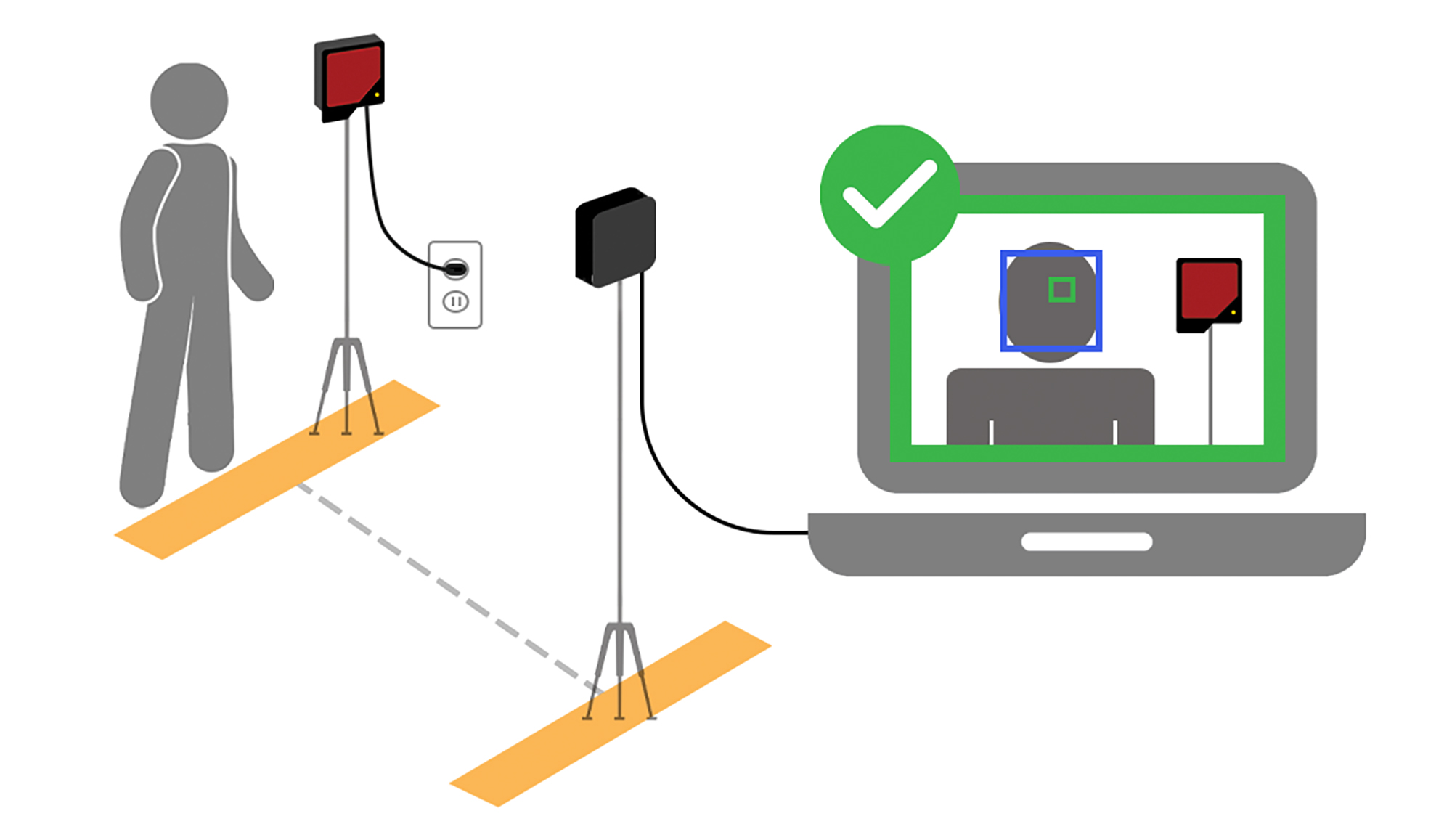
Regardless of whether your system uses a blackbody, keep in mind the following general tips for setup and deployment:
- Create a scan area outline on the floor or some point within the proper distance for an accurate reading.
- The location of the scans should be in a controlled environment that doesn’t have large swings in temperature. Read more about best practices for the environment in the section above.
- When unpacking and setting up your thermal sensor you must allow time for it to acclimate to the room temperature.
For more guidance on setup and deployment, be sure to review ISO/TR 13154:2017. This standard provides guidelines for the implementation of thermographs.
Ongoing Management, Maintenance and Calibrations
One of the most important things to remember when deploying a body temperature screening device is that it should not be viewed as a “set it and forget it” solution. Like most other security solutions, these devices require ongoing management and maintenance to ensure optimum and accurate performance.
It’s highly recommended that you build a process around this solution and dedicate appropriate resources to monitoring and calibrating the device (or devices), as required for environmental changes that affect human skin temperature, ambient temperature or system misalignment issues.
Note that weather can impact the reading accuracy as it relates to what your reference temperature is set to. Cold weather, as well as extremely hot conditions, may require different calibrations. Periodic calibration should be managed based on changes in climate that could affect skin temperature.
As you prepare to deploy a body temperature screening device, be sure your operator is trained in the use of the equipment, your company process and how to identify faults. It’s essential that they be trained to regularly verify proper calibration.
Program and Process
The most effective body temperature screening solutions will be integrated as part of a comprehensive security program and should have established processes to guide its implementation and use. Below are some tips to consider:
- Develop a clear policy and workflow to support the implementation of your body temperature screening device.
- The process should be designed to address key times or events throughout the year when individuals are at high risk or a crisis occurs.
- Define your secondary scanning process and establish protocols for handling the processing of individuals whose temperatures are above the set threshold.
- Ensure your operator and any other staffing personnel are properly protected with PPE and cleaning agents and are trained for using clinical thermometers.
- Integrate the device with your existing security systems, such as visitor management and access control, to develop a more robust solution for mitigating risks on-site.
Perhaps one of the biggest misconceptions around the use of this technology is that it’s a standalone solution and deploying it, alone, will solve organizations’ challenges. Body temperature screening devices are intended to serve as tools that help organizations detect a condition – in this case, elevated temperature – which then allows the organization to take action.
These devices should not be considered short-term solutions, but rather part of a long-term change in the way an organization is screening its employees (where allowed) and visitors to its facilities. As such, it’s not just about the technology itself, but instead how it integrates with other solutions and processes and becomes part of an organization’s broader security strategy.
Compliance
Below are some key considerations:
- Review the standards defined in ISO/TR 13154:2017 when deploying thermal technology for the intended use to classify or detect individuals with temperature beyond a defined threshold.
- Make sure you are aware of all the EEOC, ADA, FDA, and other regulatory requirements that could affect your business when deploying this type of solution.
- Keep in mind your legal obligations as you handle and process data and the individuals who are detected with a temperature above the defined threshold.
- Be sure to follow guidelines in place by the CDC as it relates to proper health and safety procedures.
Like many other areas of our personal and professional lives, COVID-19 has left its mark on the security industry. There’s no doubt the future of security will look much different than it did just a few months ago – and body temperature screening devices, along with other technologies, will likely be part of the new normal for many organizations.
But as we’ve heard time and again in our daily lives, we’re all in this together. Partner with your security provider for their expertise, tips and best practices, and lean on your peers for their support as well.
